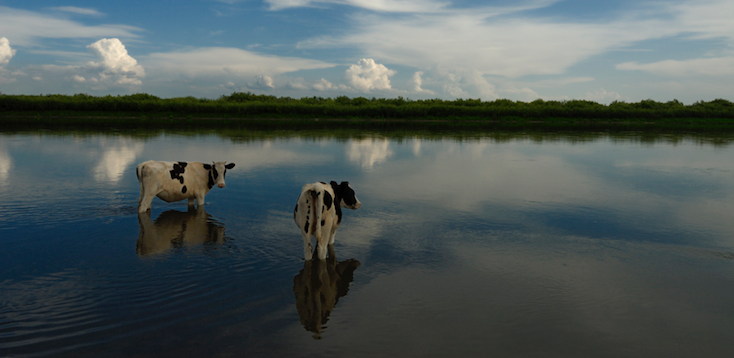
Hulun Lake, the Hailar River, and the Ergune River are upper reaches of the Amur/Heilongjiang River, that constitutes the border between China and Russia for over 3,000 km, making it one of the world’s longest border rivers. The border river not only demarcates the two countries geographically but also associates things and people between the two nations, including negative things such as pollution from two sides. Since industrial emissions and overuse of chemical fertilizers have caused pollution in the river in recent decades, especially from the south side of the river, the river and the basin as a whole have attracted the attention from the international community including that of environmentalists. The Hailar river, the Ergune River and Hulun Lake have been polluted, like many waters in China, and are stirring debate between the two countries regarding water use and water management.
Research
Although China and Russia have become good partners, especially in the face of common political tensions with the west, many issues remain unresolved between the two countries. A point of contention is the use and management of the river that marks the international border. Following the construction of a canal between the Hailar River and Hulun Lake by the local government of the Hulunbuir municipality, the pollution of the Hailar River is now affecting the lake as well. This has caused serious embarrassment for the Chinese government vis-à-vis its northern neighbour. The analysis of this case has illuminated the ways in which China is managing the use of water resources at various levels. Usage is impacted by the growing water requirements of China’s fast-pace economic development, but it also relies on a state structure that is highly fragmented, with a multi-level governmental structure which works with different agendas.




